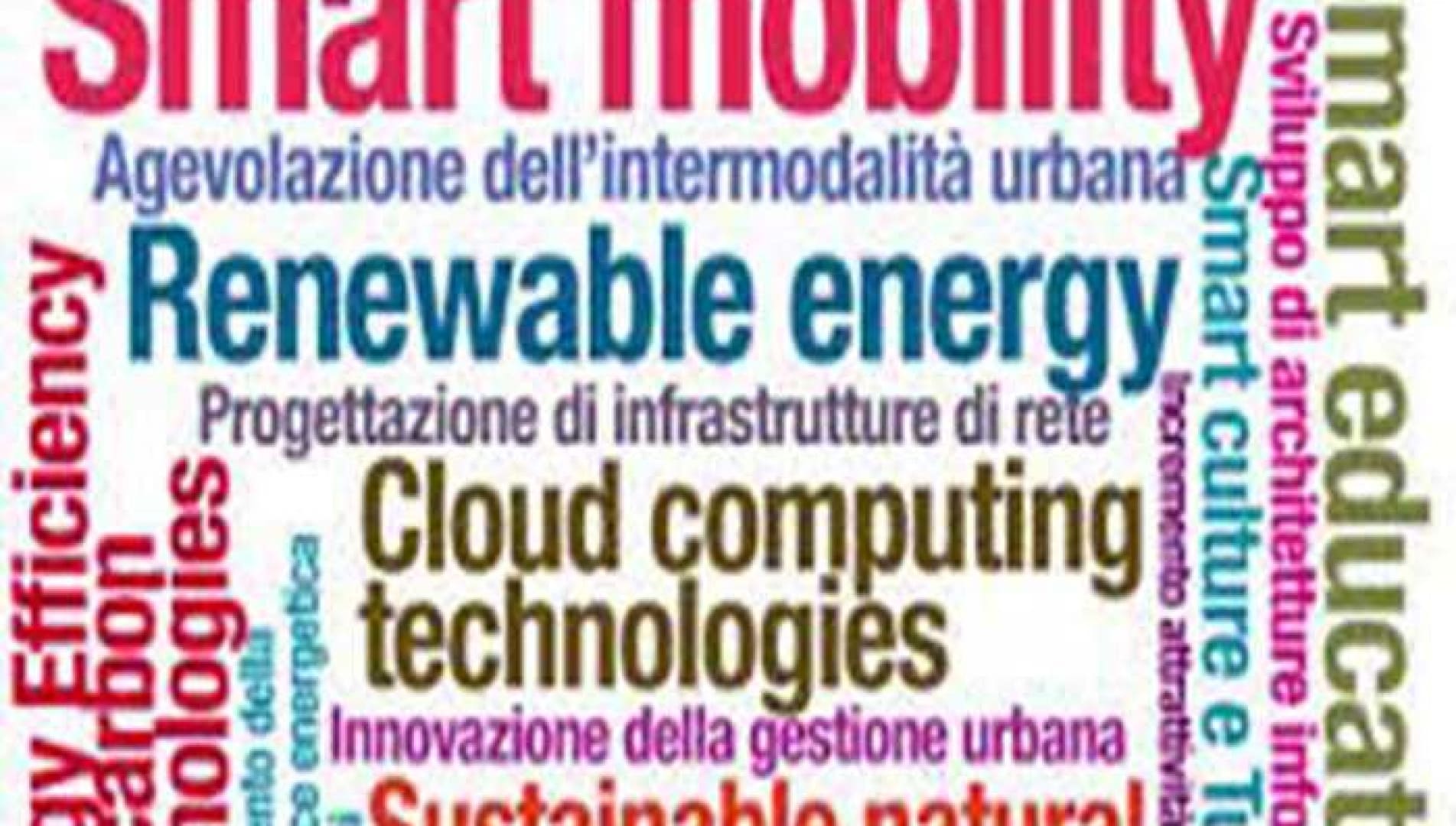I have Read & Understand the Disclaimer
8 Reasons why India needs to build Smart Cities!
16 Jun, 2016

phone_in_talk
drafts
Subscribe to our newsletter
Residential
Commercial
Copyright © 2025 All rights reserved, Pvt. Ltd. CIN No. :- U70200GJ2012PTC100931
Powered By :
All Pictures/Images shown on this website are for illustration purpose only. Actual product may vary due to product enhancement
phone_in_talk
drafts
Subscribe to our newsletter
Copyright © 2025 All rights reserved , Pvt. Ltd.
CIN No. :- U70200GJ2012PTC100931All Pictures/Images shown on this website are for illustration purpose only. Actual product may vary due to product enhancement
Powered By :



